
1950s and 1960s
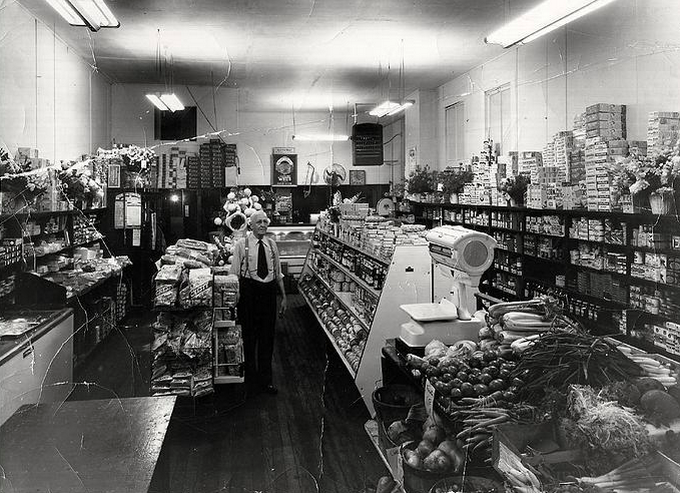
The 50s and 60s were the golden age of the supermarket, that quintessentially American invention. New stores opened every day. These were also the decades when advertising hit its prime, so chains competed with each other to have the most exciting logos, fonts, and building designs.
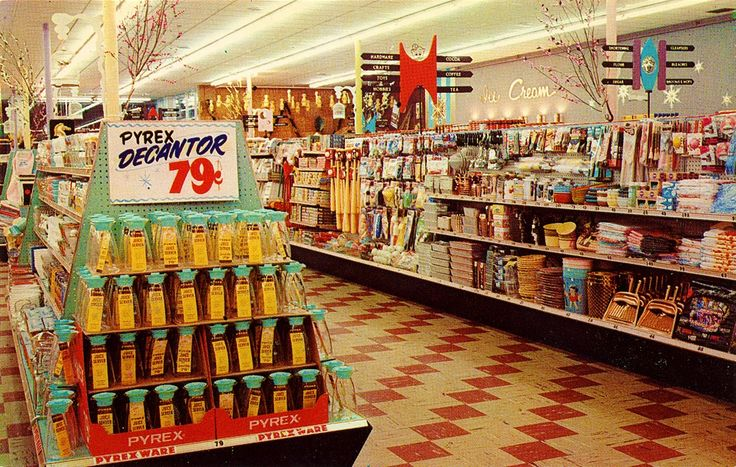
1980s
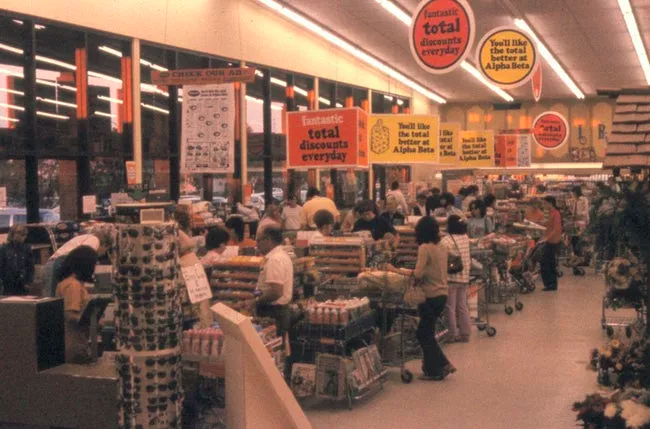
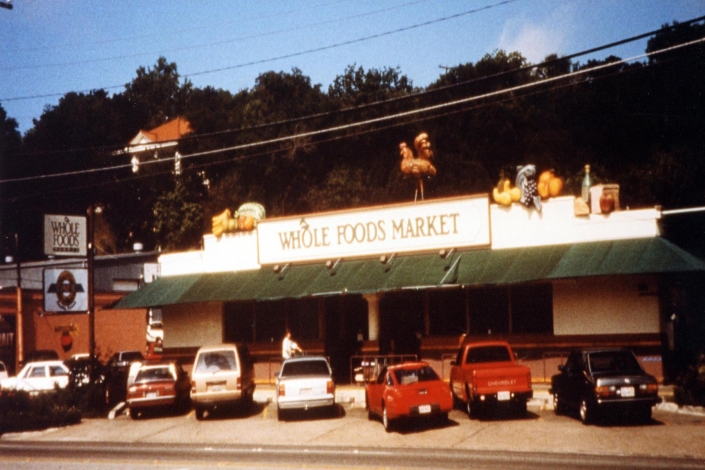
In the early 70s, the canned-food craze of the nuclear era was ending, and more and more Americans began craving food that was natural and organic. Small health food stores popped up around the country, but there was no supermarket providing a large amount of natural food in one place.
All that changed in 1978, when a couple of 20-somethings named John Mackey and Renee Lawson borrowed $50,000 from friends and family and opened a small natural food store in Austin, Texas. The pair were so broke that they lived in the store, which was called SaferWay, and showered by using the dishwasher hose.
Things picked up two years later in 1980, when Mackey and Lawson merged their store with another local store, calling the new business Whole Foods Market.
That first Whole Foods employed just 19 people. Today it has expanded internationally — there are Whole Foods in Canada and the UK. As a testament to its success, look at the numbers: earlier this summer, Amazon agreed to pay over $13 billion for the business.
Today
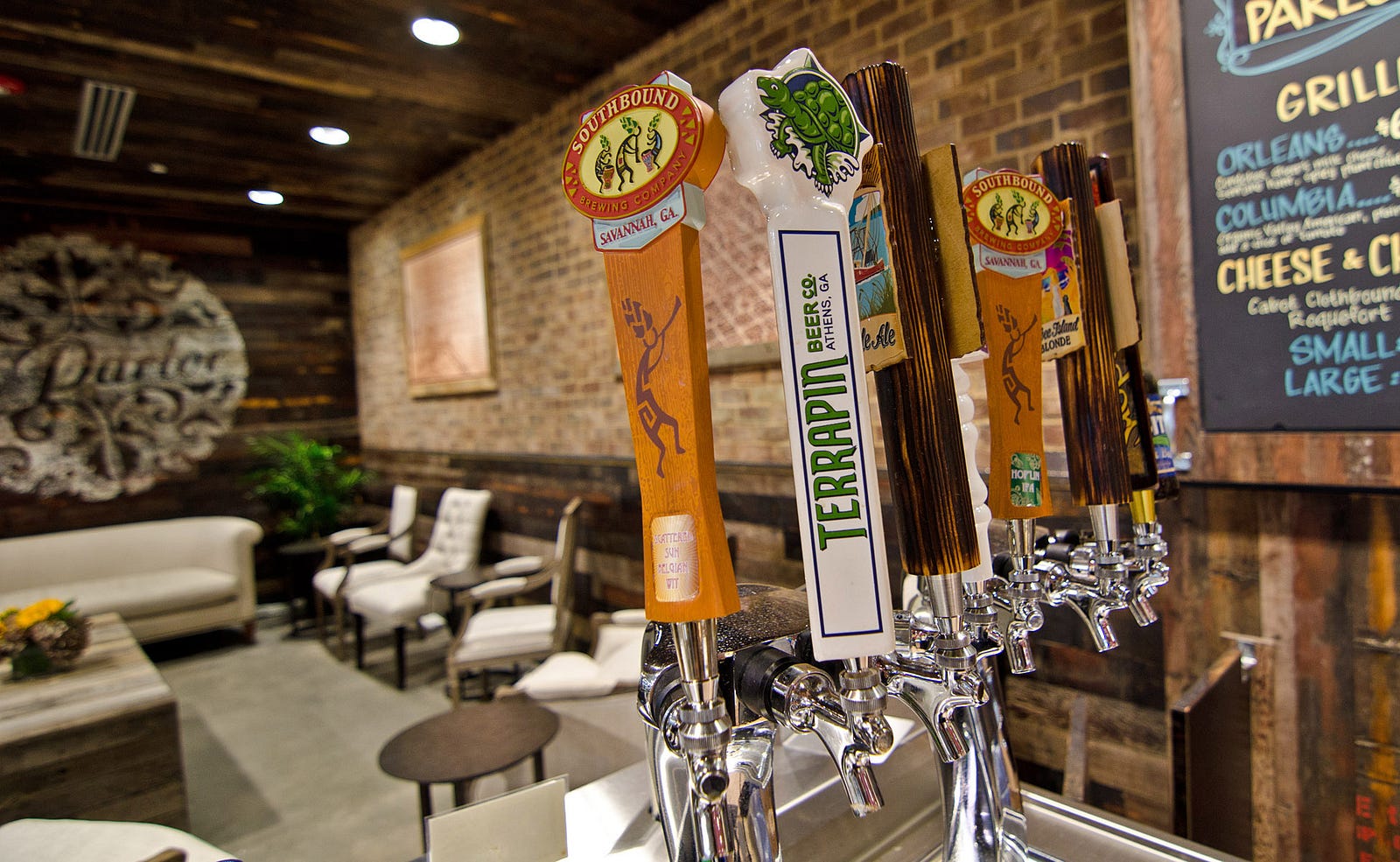
A bar at a Whole Foods in Savannah, Georgia — with local beer on tap. | Whole Foods
The 2000s saw the rise of meal kits, online grocery shopping and “grocerants.” (The word grocerant is a combination of “grocery” and “restaurant.” They’re those places that sell ready-to-eat meals. Think Pret-A-Manger.)
It’s anybody’s guess what the future of the grocery store will look like — or if it will even still exist.
RELATED: What It Was Like Eating Out At Restaurants Over 50 Years Ago
